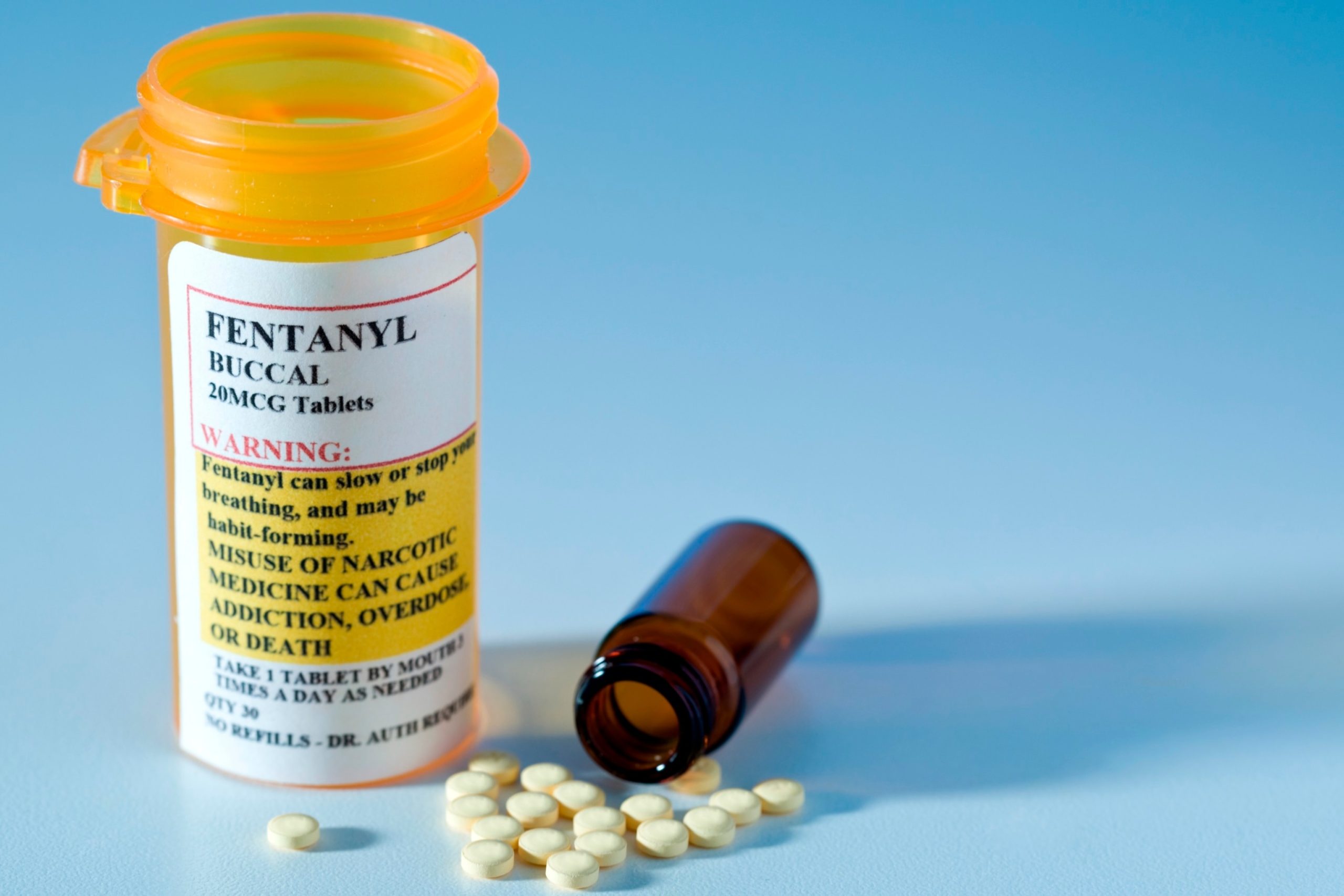
WASHINGTON — People who volunteer to donate a kidney face an even lower risk of death from the operation than doctors have long thought, researchers reported Wednesday.
The study tracked 30 years of living kidney donation and found that by 2022, fewer than 1 of every 10,000 donors died within three months of the surgery. Transplant centers have been using older data – citing a risk of 3 deaths per 10,000 living donors – in counseling donors about potentially deadly surgical complications.
“The last decade has become a lot more safe in the operating room for living donors,” said Dr. Dorry Segev, a transplant surgeon at NYU Langone Health. He co-authored the study published in the journal JAMA.
Newer surgical techniques are the key reason, said Segev, calling for guideline updates to reflect those safety improvements – and maybe increase interest in living donation.
He often finds transplant recipients more worried about potential risks to their donors than the would-be donors themselves.
“For them, this is even more reassuring to allow their friends or family to donate on their behalf,” Segev said.
Thousands of people die each year waiting for an organ transplant. It’s possible for living donors to give a one of their two kidneys or part of a liver, the only organ that regenerates.
With nearly 90,000 people on the U.S. list for a kidney transplant, finding a living donor not only shortens the yearslong wait — those organs also tend to survive longer than ones from deceased donors.
Yet last year, just 6,290 of the nation’s more than 27,000 kidney transplants came from living donors, the most since before the pandemic. Safety isn’t the only barrier to living donation. So is awareness, as many patients are reluctant to ask. And while the recipient’s insurance covers medical bills, some donors face expenses such as travel or lost wages as they recover.
The NYU team analyzed U.S. records of more than 164,000 living kidney donations from 1993 through 2022 and found 36 post-surgical deaths. Most at risk were male donors and those with a history of high blood pressure.
Only five of those deaths occurred since 2013. That period coincided with U.S. transplant centers switching to minimally invasive kidney removal as well as adopting a better way to stop renal artery bleeding, Segev said.
“Over time, it’s a safe operation that’s become even safer,” important for would-be donors to know, said Dr. Amit Tevar of the University of Pittsburgh Medical Center, who wasn’t involved in the study.
But there are long-term risks to consider, too, he stressed — including whether a donor’s remaining kidney is expected to last the rest of their life.
The risk of a donor later experiencing kidney failure also is small and depends on such factors as obesity, high blood pressure, smoking and family history of kidney disease. Risk calculators help doctors determine a potential donor’s likelihood of later-in-life trouble, and transplant centers may have slightly different eligibility criteria.
“There’s no such thing as a moderate- or high-risk donor — either you’re perfect or you’re not,” is how Tevar puts the decision to accept or turn away a potential donor.
Doctors once thought young adults were the ideal living donor. But Segev said there’s a shift toward more older living donors because it’s easier to correctly predict that they won’t outlive their remaining kidney.
If a living donor later experiences kidney failure, they get priority for a transplant, he noted.
___
The Associated Press Health and Science Department receives support from the Howard Hughes Medical Institute’s Science and Educational Media Group. The AP is solely responsible for all content.
A recent study conducted in the United States has shed light on the safety of kidney donation, showing that the procedure is safer than previously thought. The study, published in the Journal of the American Medical Association (JAMA), analyzed data from over 96,000 living kidney donors over a 15-year period.
The findings of the study revealed that the overall risk of complications from kidney donation is low, with only 3.1% of donors experiencing major complications within 90 days of the surgery. These complications included things like blood clots, infections, and bleeding. The study also found that the long-term risks of kidney donation are minimal, with only 7.6% of donors developing chronic kidney disease within 15 years of the surgery.
These results are significant because they challenge the common misconception that kidney donation is a risky procedure. In fact, the study showed that the risk of complications from kidney donation is actually lower than the risk of complications from other common surgeries, such as gallbladder removal or hip replacement.
Dr. David Klassen, Chief Medical Officer of the United Network for Organ Sharing (UNOS), commented on the study, stating that “these findings provide reassurance to potential kidney donors and their families that kidney donation is a safe and effective way to save lives.”
The study also highlighted the importance of proper screening and evaluation of potential kidney donors to ensure their safety. Donors undergo a thorough medical evaluation before being approved for donation, which includes blood tests, imaging studies, and consultations with a transplant team.
Overall, this study provides valuable information for both potential kidney donors and healthcare professionals involved in organ transplantation. It demonstrates that kidney donation is a safe and effective way to help those in need of a life-saving transplant. With this new data, more individuals may feel encouraged to consider becoming living kidney donors and potentially save a life.


